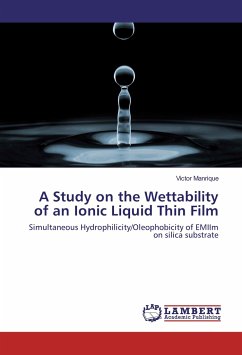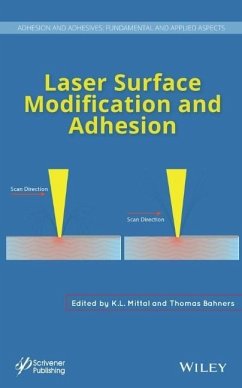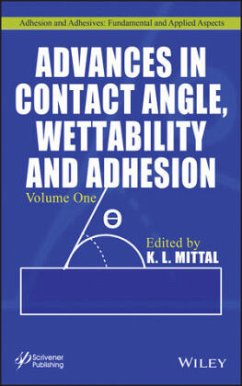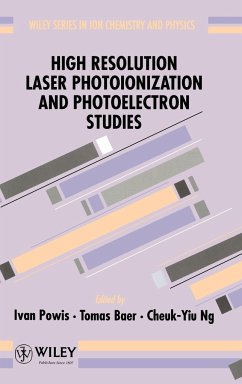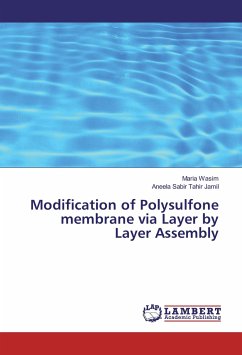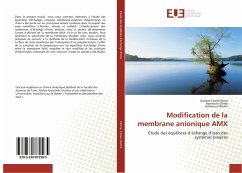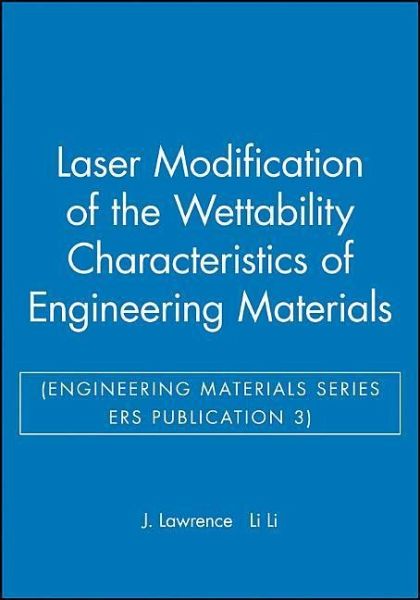
Laser Modification of the Wettability Characteristics of Engineering Materials
Versandkostenfrei!
Versandfertig in über 4 Wochen
189,99 €
inkl. MwSt.

PAYBACK Punkte
95 °P sammeln!
The techniques available to engineers for the modification of a material's wettability characteristics are invariably extremely complex and difficult to control. The use of lasers, however, has been shown to provide a clean, accurate, and versatile way of modifying and improving the wettability characteristics of a wide range of engineering materials. Lawrence and Li have amply demonstrated the practicability of employing different types of lasers to effect changes in the wettability charactersitics of a number of engineering materials. Laser Maodification of the Wettability Characteristics of...
The techniques available to engineers for the modification of a material's wettability characteristics are invariably extremely complex and difficult to control. The use of lasers, however, has been shown to provide a clean, accurate, and versatile way of modifying and improving the wettability characteristics of a wide range of engineering materials. Lawrence and Li have amply demonstrated the practicability of employing different types of lasers to effect changes in the wettability charactersitics of a number of engineering materials. Laser Maodification of the Wettability Characteristics of Engineering Materials makes extensive and comparative studies of the behavior and properties of composite, ceramic, metallic, and polymeric materials. The final chapter, practical applications of the use of lasers in modifying material behavior, is particularly useful as it puts this cutting edge research in industrial context. The authors have extended the scope of their industrially based research to present a very useful, coherent source for engineers. This excellen volume will be of great value to all those engineers and materials technologists working in industry or research institutions interested in the latest developments of property manipulation. Tribologists, surface technologists, those concerned with protective coatings and bonding materials, as well as anyone interested in laser technology, opt-electronics, marking, and laser engraving will find Laser Modification a useful guide.



